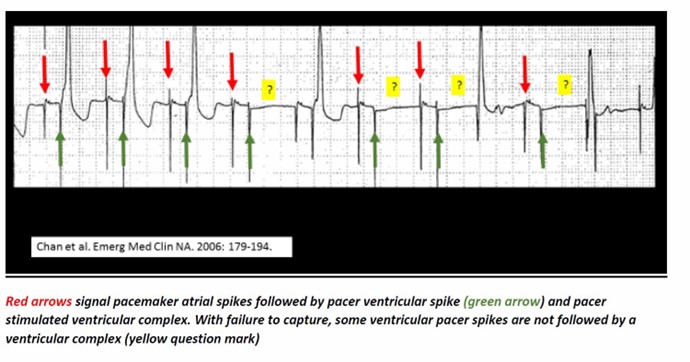A nurse is administering potassium chloride via IV infusion to a client who has severe hypokalemia. Which of the following actions should the nurse take?
Check the infusion site at least every 4 hr.
Start the infusion at 30 mEq/hr.
Assess the client for a positive Chvostek sign.
Monitor the client for adequate urine output.
The Correct Answer is D
Monitor the client for adequate urine output.
When administering potassium chloride via IV infusion to a client who has severe hypokalemia, it is important for the nurse to monitor the client’s urine output to ensure that their kidneys are functioning properly and that they are able to excrete excess potassium.
Choice A is incorrect because the infusion site should be checked more frequently than every 4 hours.
Choice B is incorrect because the maximum recommended rate of infusion for potassium chloride is 10 mEq/hr.
Choice C is incorrect because Chvostek’s sign is used to assess for hypocalcemia, not hypokalemia.
Nursing Test Bank
Naxlex Comprehensive Predictor Exams
Related Questions
Correct Answer is A
Explanation
Asking the client “What is meant by the saying, ‘Don’t beat around the bush?’” is a way to assess the client’s abstract thinking.
Abstract thinking involves understanding concepts and ideas that are not concrete or tangible, such as interpreting figurative language or proverbs.
Choice B is incorrect because it assesses the client’s memory rather than their abstract thinking.
Choice C is incorrect because it assesses the client’s attention and concentration rather than their abstract thinking.
Choice D is incorrect because it assesses the client’s insight and understanding of their condition rather than their abstract thinking.
Correct Answer is D
Explanation

A pacemaker sends electrical signals to the heart to regulate the heartbeat.
On an electrocardiogram (ECG), these signals appear as small spikes followed by a QRS complex, which represents the contraction of the ventricles.
Choice A, A regular sinus rhythm, is not the correct answer because a regular sinus rhythm is a normal heart rhythm that originates from the sinoatrial (SA) node and does not involve a pacemaker.
Choice B, A chaotic, irregular rhythm, is not the correct answer because a pacemaker is designed to regulate the heartbeat and prevent chaotic or irregular rhythms.
Choice C, the Absence of any electrical activity, is not the correct answer because a pacemaker sends electrical signals to the heart to regulate its activity.
Whether you are a student looking to ace your exams or a practicing nurse seeking to enhance your expertise , our nursing education contents will empower you with the confidence and competence to make a difference in the lives of patients and become a respected leader in the healthcare field.
Visit Naxlex, invest in your future and unlock endless possibilities with our unparalleled nursing education contents today
Report Wrong Answer on the Current Question
Do you disagree with the answer? If yes, what is your expected answer? Explain.
Kindly be descriptive with the issue you are facing.
